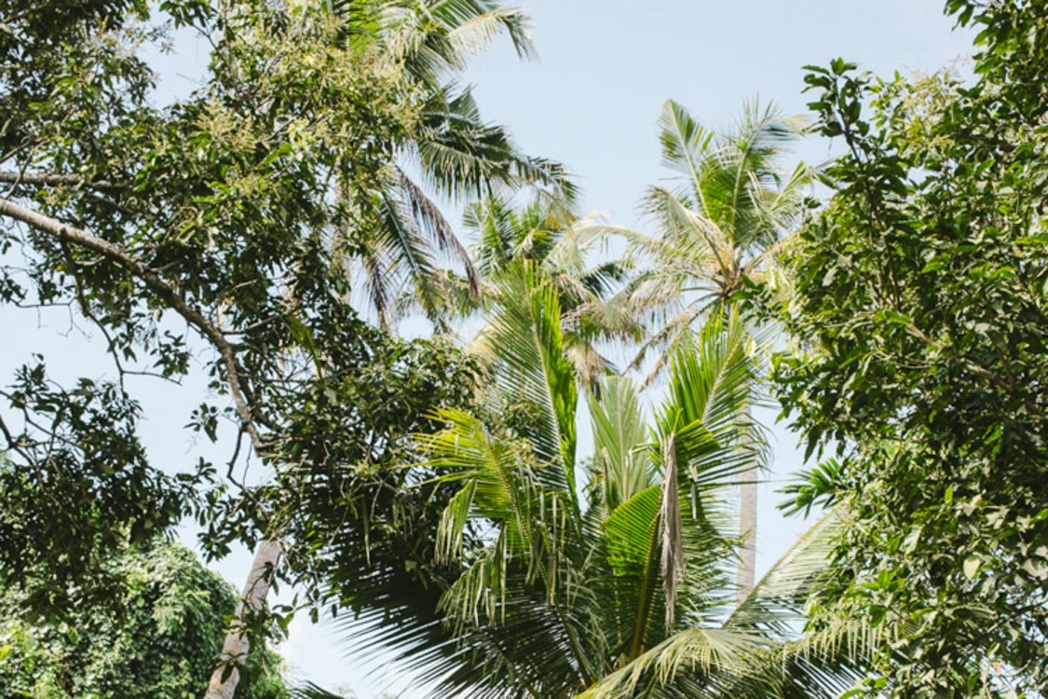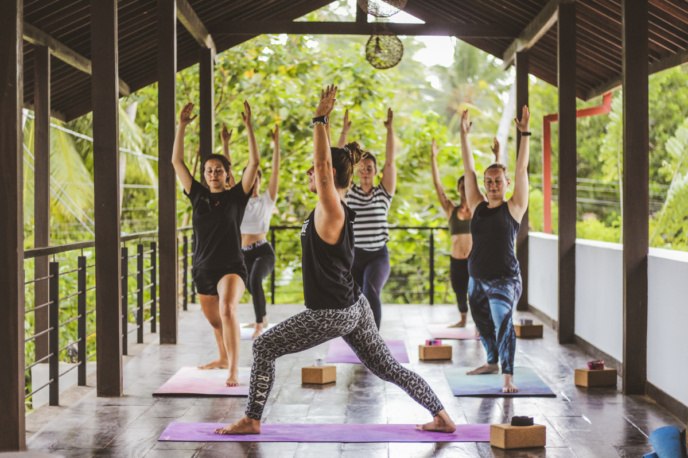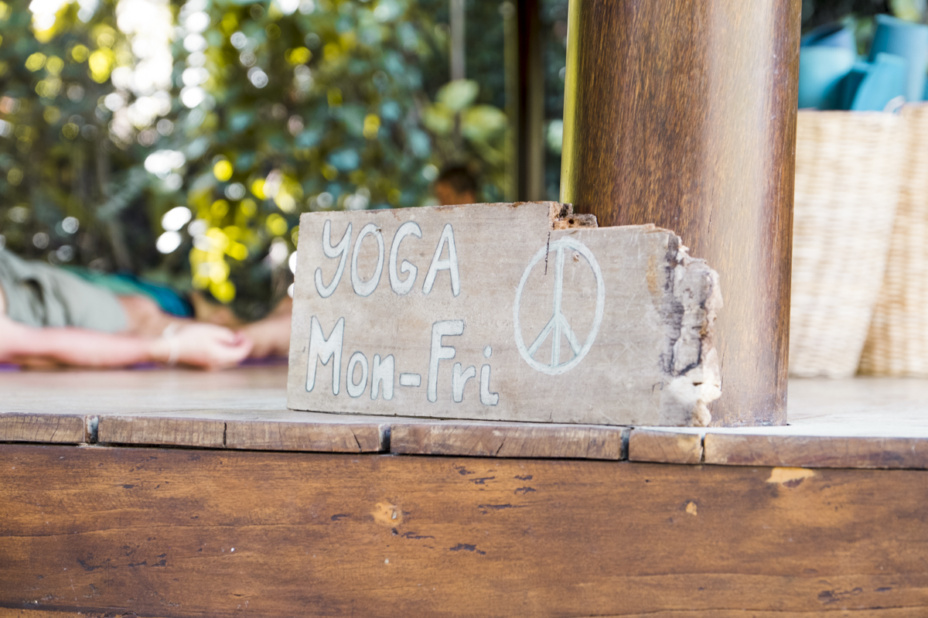
Vinyasa Flow – a special way to practice yoga
Unity of body, mind and soul
Yoga means the unity of body, mind and soul. Yoga can help you maintain your own health, recover more quickly from illness and injury, and remain calm in perceived stressful situations.
With yoga you can find inner balance and equilibrium in your life. You can learn to become more aware of yourself, your body and your mind. The combination of physical training and conscious breathing during the exercises helps you to consciously listen to your own body, to listen to yourself and to perceive how it feels when you give „more“ or become a little „lazier“ and give „less“. The yoga exercises help you stay in the here and now and focus fully on the moment. These insights are common to all yoga styles. What exactly is special about Vinyasa Flow – at least for me?
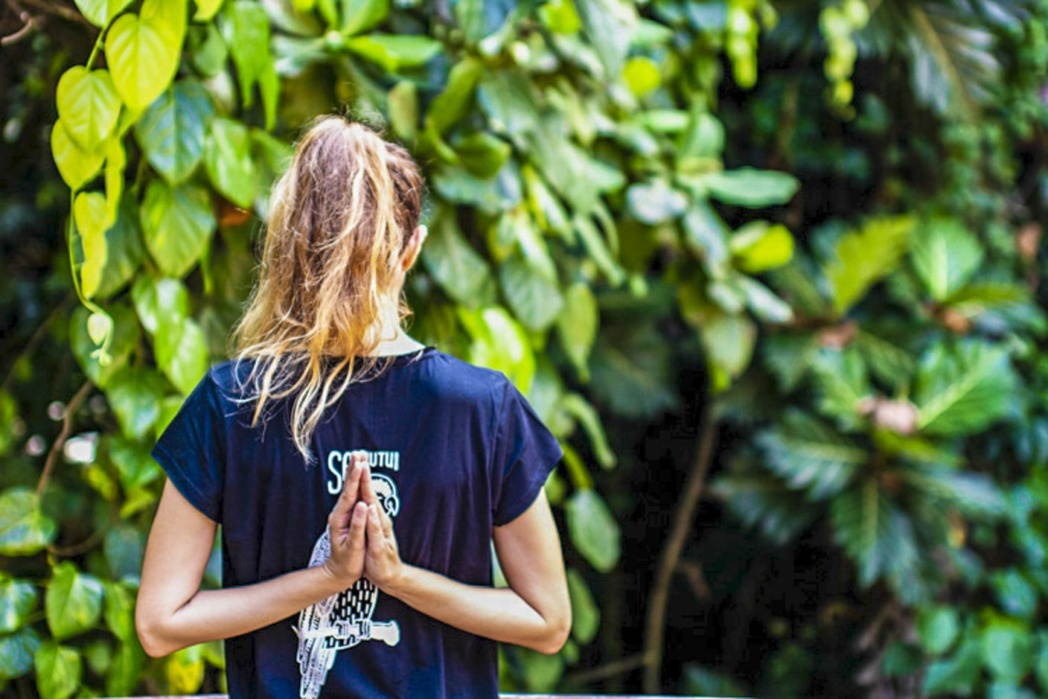
Vinyasa Flow – Origins and Features
First of all, a few explanations about the origin of Vinyasa Flow Yoga: The origins of Vinyasa Flow Yoga lie in Ashtanga and Hatha Yoga. Ashtanga became known in the western world through the Indian yogi Pattabhi Jois, who opened his school to westerners and made the teachings of Ashtanga Yoga accessible to them. It is therefore a traditional style of yoga that adheres strictly to the specific sequence of certain postures (asanas). Everything is done in a very specific way. Each asana is held for five breaths. Each transition from one asana to the next takes one breath. Probably the best known sequence from Ashtanga Yoga are the so-called „Primary Series“. Hatha Yoga is also a traditional and above all historical style of yoga, in which the individual asanas in particular are the focus of the practice. Pranayama, i.e. yogic breathing, and meditation play a very important role in Hatha Yoga.
Vinyasa Flow Yoga, on the other hand, is a more contemporary, dynamic and above all creative form of yoga. The individual sequences can be performed very powerfully or are rather gentle, slow flows. The intensity and variety always depends very much on the yoga teacher who leads the sequences. For example, the yoga teacher can focus on topics such as „strengthening“, „flexibility“ or even „backbends“ and „twists“. The yoga class can be based on the „chakras“, the seven centers of spiritual power in the human body, the „bandhas“, specially used muscle contractions, or on yoga philosophy in general.
Let your creativity run free
The beauty of Vinyasa Flow for me is first and foremost the creativity. Let your creativity run free! Everyone is creative in their own way, and this individual creativity shows itself in a very special way in the practice of Vinyasa Flow. During my own yoga teacher training, I studied with a yoga teacher who had herself taught dancing for a long time. She expressed her passion for dance through the individual design of her yoga classes, and I, like everyone else, could feel her passion for dancing during the yoga classes. However, correct positioning and breathing are also very important in Vinyasa Flow Yoga. „Flow“ does not mean „speed.“ „Flow“ rather means a „constant staying in motion“, no hectic or fast movements, but coordinated and following asanas, which are performed gently and consciously.
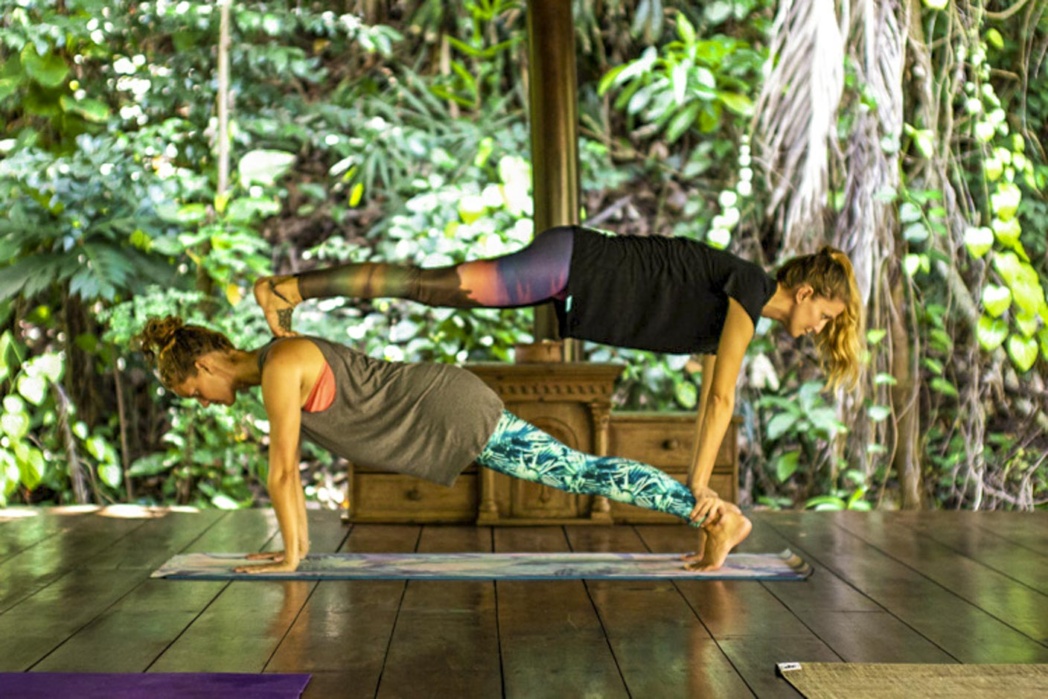
During the „flow“ you should be aware of the positions and listen to your body, which tells you how far you want to go today. Your breathing gives you good feedback on whether you are still focused or whether you are perhaps already doing too much. If your breathing is not flowing normally, you’d better take it down a notch and reconnect with your breath. Every movement and every posture is connected to breathing. Breathing has a separate importance in yoga because it creates the connection between the body and the mind. The „flow“ from one pose to the next is always connected to inhalation or exhalation, depending on the pose. When holding each pose, the breath plays an equally important role. It helps you stay in the moment and let your thoughts flow.
Stay focused – The Ujjayi-Breathing
Ujjayi breathing is a form of breathing that you can practice well during your vinyasa practice. It is a special breathing technique that helps you regulate your breathing. Ujjayi breathing is a very gentle breathing that originates in the throat and produces a „throaty“ sound that always reminds me of waves in the ocean gently rolling to shore. This technique helps you concentrate during yoga practice and focus completely on the moment. By practicing Ujjayi breathing, your breathing becomes much more extended and you can stay longer in each asana. Your yoga practice becomes much more intense, like a deep meditation. In addition, Ujjayi breathing opens up other benefits for you, such as warming up your own body and releasing tension in the body. It also helps you to let go of your thoughts and stay completely with yourself.
Also check out our blog about the breathing technique pranayama and surfing.
My very personal yoga journey
I took my first yoga class when I was 20. I didn’t have any great expectations. Above all, I didn’t expect it to change my life so much. Actually, I just wanted to try it out, although I was initially afraid that it would probably be too spiritual for me (I don’t really believe in „that kind of thing“!). The yoga teacher who was waiting for me at my first yoga class did not correspond in any way to the image I had of a yoga teacher in my head until then. After my first lesson with her, I became a weekly visitor of her Hatha Class – and that should not change in the next 8 years.
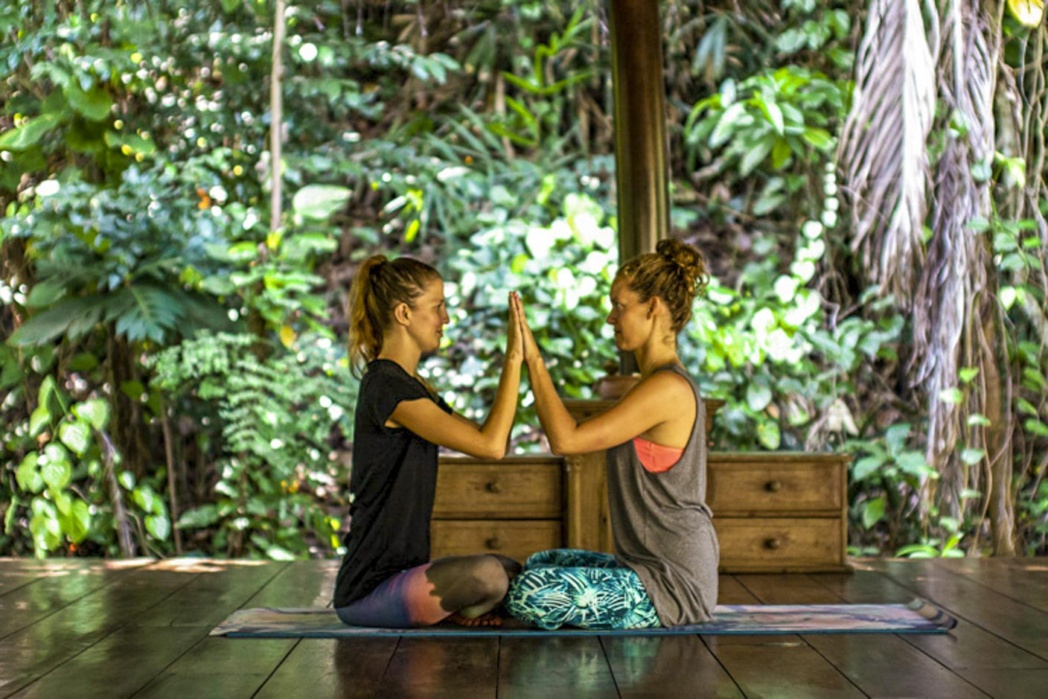
At first, the yoga class was nothing more than a sporting activity for me. But over time, I realized that practicing yoga regularly had changed more than just my physical strength and flexibility. One of the biggest insights I gained from yoga was to listen to myself more. Because your own body is always telling you exactly what it needs at any given moment. Another insight I gained was that it is incredibly important to take time just for myself. This insight sounds simple, but it actually helps a lot in achieving a good work-life balance. I’ve always worked long hours. But that one hour of yoga during my lunch break changed so much and still gives me the strength for the decisions I make every day.
When I decided to leave my home in Switzerland some time ago and go to the popular surf and travel destination Sri Lanka, I could no longer attend the classes with my yoga teacher that had become so important to me. However, since I did not want to miss my yoga practice even on the Indian Ocean, I decided without further ado to complete a yoga teacher training myself. Now I can give myself my own personal yoga class every day, surrounded by tropical jungle sounds and the sound of the ocean.
If you want to learn more about my second passion surfing, check out the following blog posts:
Yoga and surfing – the perfect symbiosis
10 reasons why you should surf
Milestones of surfing
